South Indian Heritage with Natural Trail
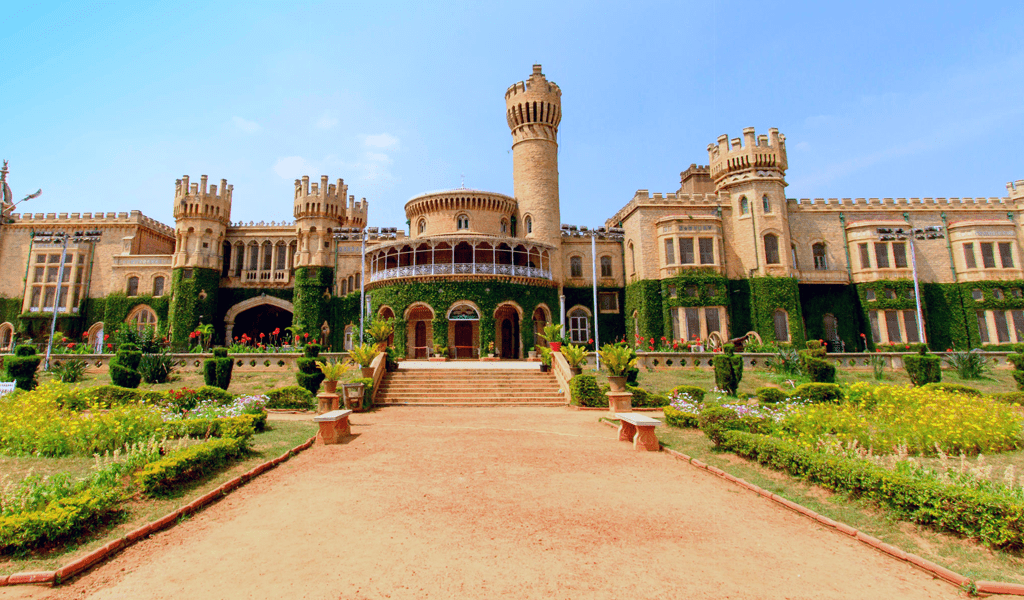
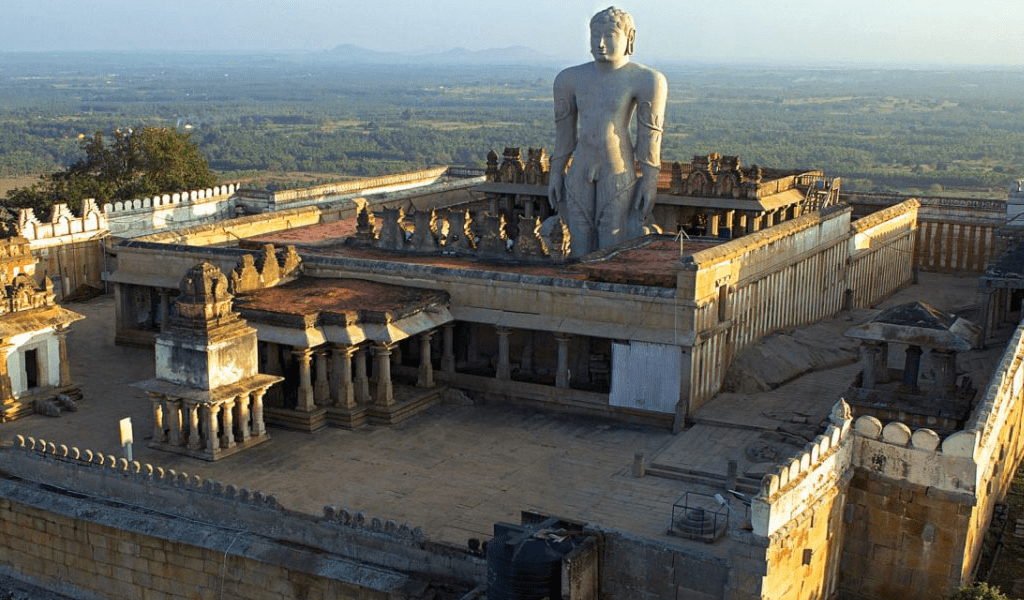
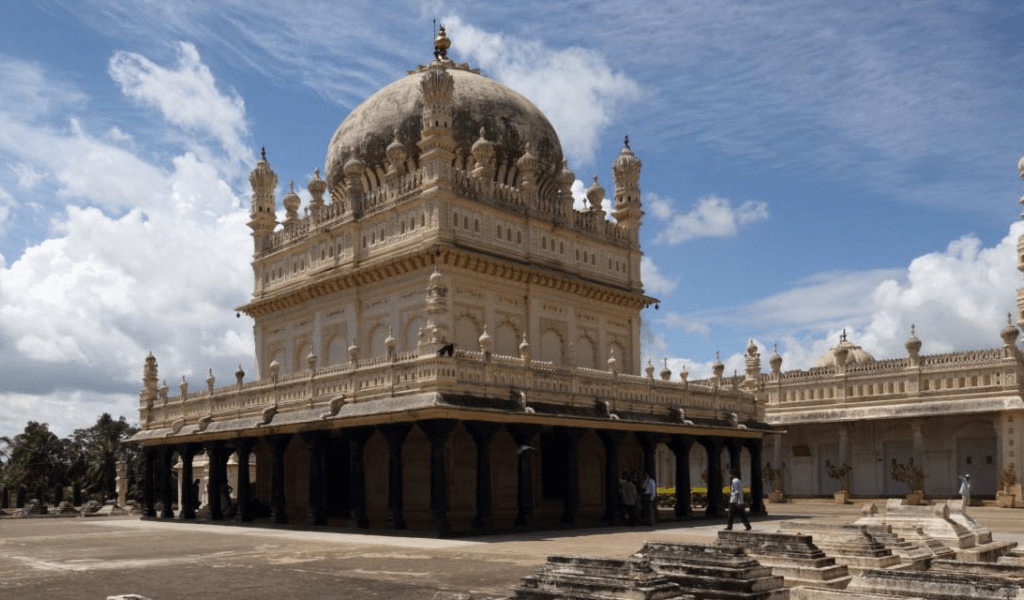
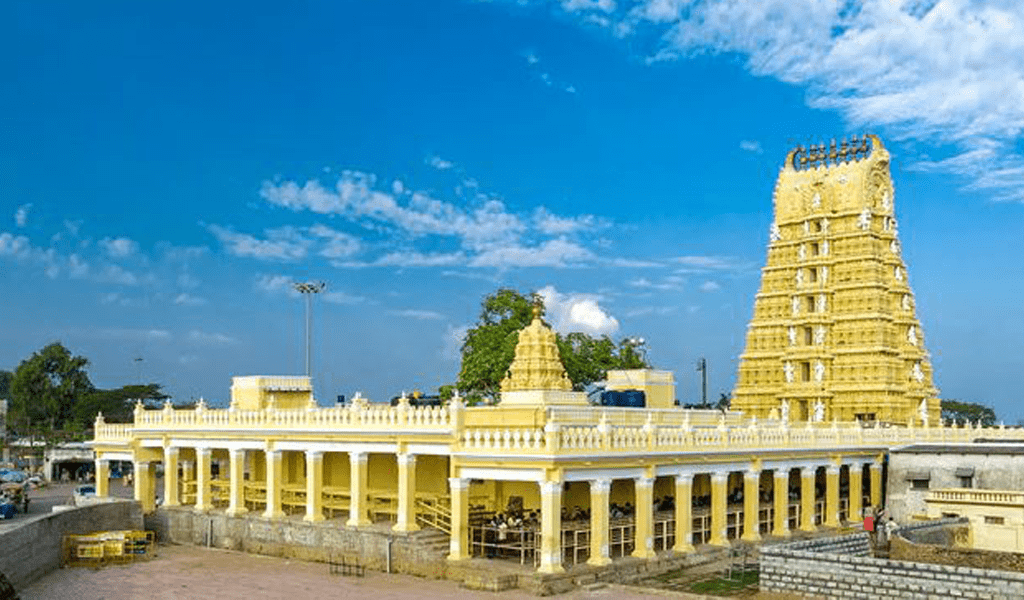
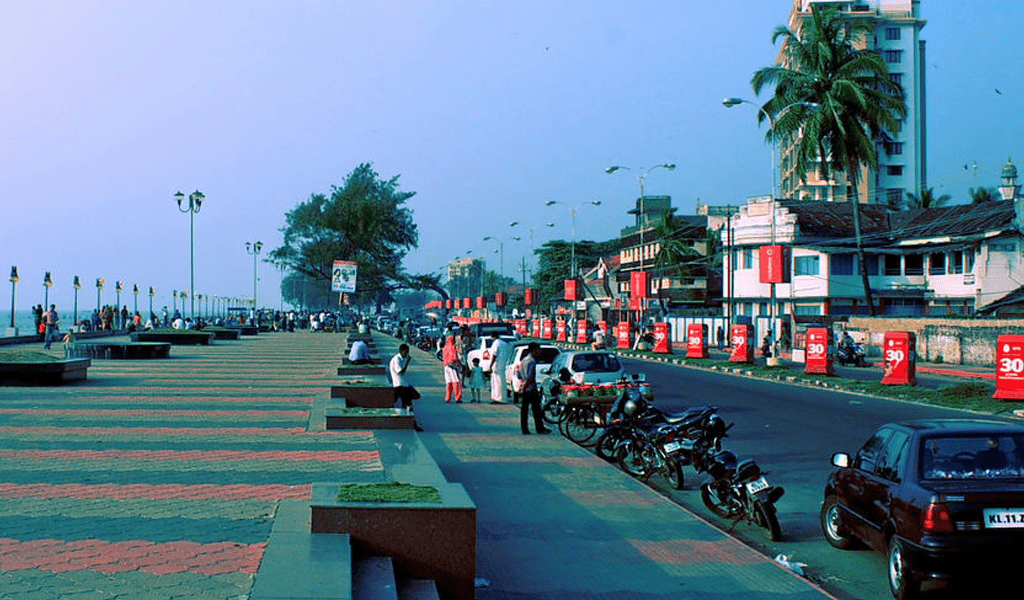
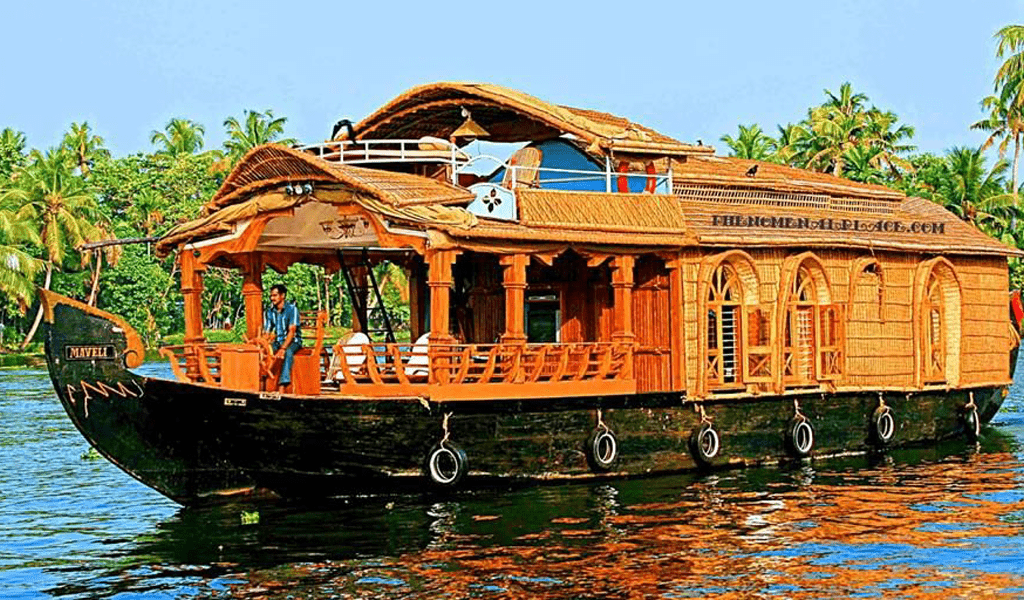
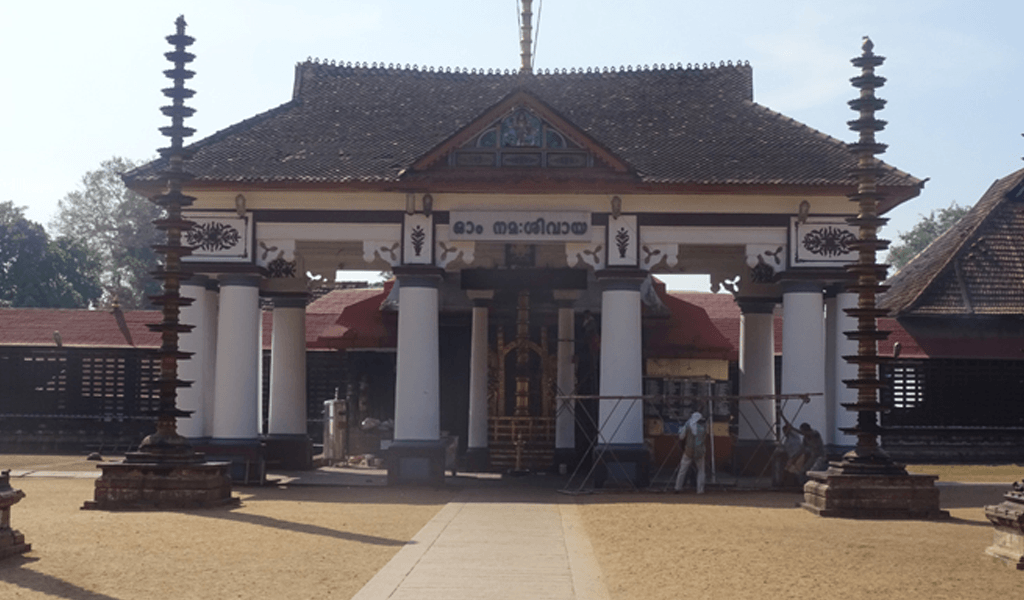
13 Nights & 14 Days
Highlights
- Meet & Assist
- Guided Sightseeing Tours
- Stay in City Luxury Hotels
- Tipu Sultan’s Summer Palace, Bull Temple – Bangalore
- Jain Temples & World’s Tallest Monolithic Bahubali Stone Statue – Shravanabelagola
- Chennakeshava Temple– Belur
- Twin Temples of Hoysaleshwara and Kedareshwara – Halebid
- Island Fortress of Tipu Sultan, Daria Daulat Bagh- Srirangapatna
- Mysore Palace, Chamundi Temple, Heritage City Walk & Tonga Ride – Mysore
- Jeep Safari, Wildlife, Elephants & Gaur – Nagarhole National Park (Kabini)
- Ananthanatha Swami Jain Temple, Kurichia Tribal village – Kalpetta
- Train Journey From Calicut to Kochi
- Backwaters Cruise – Alleppy
- Marari Beach – Marari
- Village & Shiva Temple Visit – Vaikom
- Kathakali Show, Chinese Fishing Nets, St. Francis CSI Church, Tuk Tuk Ride, Spice Market, Jewish Synagogue, Heritage & Archaeological Museum, Greenix Village Museum – Kochi
Bangalore, Mysore, Srirangapatna, Shravanabelagola, Hassan, Belur, Halebid, Nagarahole National Park, Kalpetta, Calicut, Kochi, Kumarakom, Alleppey, Marari Beach, Vaikom, Kochi
You will be met and assisted on arrival at Bangalore Airport and transferred to your pre-booked hotel.
Bangalore or Bengaluru, the capital of Karnataka, is popular as the information technology hub of India, drawing young technocrats from across the country. Lush green parks and well laid-out gardens rub shoulders with art galleries, pubs and restaurants, giving the city a unique eclectic energy. From a sleepy cantonment area during the British era to a modern cosmopolitan, Bengaluru has had an interesting journey. Bengaluru is an ideal landing pad for shoppers, who can indulge in both street shopping and high-end retail buys. The heritage highlight of the city are the Mysore sarees, which are made of premium quality silk and sandalwood artefacts, which can be used for home decor. The city enjoys a scattering of prominent sites like the Bangalore Palace, the Attara Kacheri (High Court), St Mary’s Basilica, Tipu’s Palace. The city is known by many sobriquets like the City of Gardens, India’s Silicon Valley, Pub City, Pensioners’ Paradise, IT City, BT City and Pub City. It is an ideal location for tourists desirous of travelling to the hill stations and coastal towns in the southern region of India.
Post check-in, morning at leisure to relax.
Later in the afternoon, proceed with an orientation tour of this Cosmopolitan city, to witness its lovely parks, long avenues of blossomed trees and impressive Victorian-era architecture.
Start with the visit of the elegant Tipu Sultan’s Summer Palace – a fine specimen of military architecture from 18th century, notable for its teak pillars and ornamental frescoes. Continue to the Dravidian-style Bull Temple built in the 16th-century, and pass by the Lalbagh Botanical Gardens, the Cubbon Park, a sprawling 120-hectare garden, surrounded by wonderful colonial architecture.
Overnight stay at the hotel.
Post breakfast, checkout and drive to Hassan by a beautiful winding road.
En-route, visit the 58-feet tall monolithic statue of Gommateshvara located in the village Shravanabelagola.
Shravanabelagola is famous for a massive 57-ft high statue of Bahubali, which is the world’s tallest monolithic stone statue carved out of a single granite block. This is housed in the Gomateshwara Temple, which is perched atop the Vindhyagiri Hill at a height of 3347 ft.
For over 2,300 years, Shravanabelagola has been a major attraction for Jain’s and has been drawing them for its culture, art and architecture. A town of temples and ponds, Shravanabelagola boasts one of the largest numbers of rock inscriptions at one place.
Afterwards, resume journey to Hassan.
On arrival, check-in at Hoysala village.
Founded in the 11th century, Hassan is the starting point for visiting the major sculptured temples of the Hoysala dynasty (11th and 12th century).
Later in the afternoon, proceed for Belur and Halebid sightseeing.
Belur is a popular temple town of Karnataka that stands as a proud reminder of the princely past of the Hoysala empire. The Hoysalas were known as patrons of temple construction, and the temples constructed under their rule are noted for their minute and intricate carvings and sculptures adorned with metal-like polishing. The prime attraction at Belur is the popular Chennakeshava Temple, dedicated to Lord Chennakeshava, an incarnation of Lord Vishnu. It rests on a star-shaped platform and houses two smaller shrines of Lord Chennakesava’s consorts, Soumyanayaki and Ranganayaki. The temple’s facade is decorated with intricate sculptures and the interior houses 48 pillars of varied shapes, sizes and designs. Visitors can also admire fine carvings depicting scenes from epics like Ramayana and Mahabharata. Towards the right of the main entrance gate lies a stepped well or pushkarni that is another attraction.
The Chennakeshava Temple stands in testimony to the brilliant Hoysala architecture and was raised by King Vishnuvardhana to mark his victory over the Chola dynasty.
Halebid or Halebeedu once served as the regal capital of the Hoysala empire (10th to 14th centuries) if famous for twin temples of Hoysaleshwara and Kedareshwara. The twin temple complex houses two grand statues of Nandi (bull god), Lord Shiva’s vehicle. Visitors can see as many as 108 pillars inside the temple. These pillars resemble each other but feature different design patterns. The temple walls are adorned with intricate carvings of Hindu deities like Lord Brahma, Lord Vishnu and Lord Shiva. They also feature scenes from Hindu epics like the Mahabharata, along with finely carved images of animal figures like elephants and horses. The temple also houses a separate sanctum dedicated to Lord Surya, the Sun God.
Overnight stay at the hotel.
Post breakfast, checkout and drive to Mysore.
En-route visit Srirangapatna – the island fortress of Tipu Sultan and the early capital of the Mysore Wodiyars – Here you will find monuments such as Tipu’s mosque with its twin minarets built in 1787, Tipu’s Summer Palace (known as the Daria Daulat Bagh) built completely on wood and converted into a museum that houses some fantastic artefacts and paintings related to Haider Ali and Tipu Sultan, and the Gumbaz where lie buried Tipu Sultan, Haider Ali and others of the royal family.
Proceed to Mysore and check-into the hotel. Mysore or Mysuru is nestled at the foothills of the picturesque Chamundi Hill. The city is a mélange of the old and the new, its small-town charm well-preserved in its palaces and well-laid out gardens. It also holds spirituality close to its heart that is evident from the various temples, churches and mosques here. Popularly called the Ivory city as most of its buildings are painted in ivory colour.
For around 150 years, Mysore was the capital of Karnataka’s Wodeyar rulers (1399-1947) who started the magnificent celebration of the ten-day Dasara festival. In 2010, the event completed its 400 years. Legend has it that the name Mysore came from ‘Mahishur’, which means the home of Mahishasura. Despite modernization, the city has not lost touch with its past and its reflections are still visible.
Later in afternoon, proceed for sightseeing tour of Mysore, visit the Mysore Palace, one of the most beautiful buildings in India. Inside, you will find a kaleidoscope of stained-glass, beautiful carved wooden doors and mosaic floors. Continue towards the colourful Devarajan Market and if time permits, also visit Chamundi Temple, overlooking Mysore from Chamundi Hill. At the top of Chamundi Hill, lies a 12th century temple that houses a golden statue of Chamundi – the Hindu goddess worshipped by the Maharajas.
Overnight stay at the hotel.
Post breakfast, proceed for a heritage walk in the city. Get a feel of this charming city in a local way. Walk in the city at your own pace as you walk past some lovely colonial structures, old local monuments and temples and get to know the stories behind them.
Return to hotel in the afternoon.
Rest of the day at leisure to relax.
This evening, you will experience a heritage Tonga ride (horse-drawn chariots). These vehicles ruled the streets in their heyday and now are used to ferry around the heritage buildings and provides insights into the local culture.
Overnight stay at the hotel.
Post breakfast, checkout and drive to Kabini.
Kabini is known for Kabini River and Nagarhole National Park in the vicinity. Once a private hunting area for the British, Kabini is a wildlife destination that is the largest place for Asiatic Elephants in the world. The Kabini Forest Reserve (which comprises the South-Eastern part of Nagarhole National Park) is famous for its amazing wildlife and birdlife. Kabini is also home to the world’s most famous living Black Panther, “Saya”. Even though it is not impossible to spot him, it is very rare.
Boat Safari and Jeep Safari in the Kabini jungle is the ideal way to spot the tiger, leopard, guars, elephants and other majestic species.
On arrival, check-into the hotel.
Post lunch, Jeep Safari in the Nagarahole National Park, accompanied by an experienced driver and Naturalist. This area boasts of the highest density in Asiatic wildlife and is considered one of the best places in India to view the Asiatic Elephants and Gaurs.
Overnight stay at the hotel.
Post breakfast, checkout and drive to Kalpetta, Wayanad.
Drive through the sanctuary with very good possibility to witness the wild life. You could see Asiatic Elephants, Bears, Wild Gaurs, Deers and even Leopard.
Kalpetta is a town in the mountainous Wayanad region of Kerala, South India. It’s a gateway to the trails of lofty Chembra Peak and to Neelimala Viewpoint, which overlooks waterfalls and forested valleys. North of town, the traditional, Dravidian-style Ananthanatha Swami Jain Temple is perched on a hilltop surrounded by coffee plantations. To the southeast, Meppadi is a scenic village with lush tea estates.
On arrival, check-into the hotel.
This afternoon, visit the traditional, Dravidian-style Ananthanatha Swami Jain Temple.
Overnight stay at the hotel.
Post breakfast, proceed to visit Kurichia Tribal village.
The Kurichia Tribal was instrumental in the Guerilla warfare between Pazhassi Raja and the British. At the village, Govindan of this tribal community will take you through his collection of old tools and weapons used in the warfare. Learn how to build a tribal’s bow, or watch in awe as his skilled hands makes one. Though many of them look a bit modern these days, they still maintain their earlier lifestyle and these visits helps to understand their way of living which is indeed different. There will also be a visit to either pottery or a blacksmith before you check on Uravu – a non-government organization- supporting the community by promoting natural resources, especially Bamboo.
See the cultivation and processing of Bamboo and the final handicrafts products.
Later in the afternoon, return to hotel.
Overnight stay at the hotel.
Post early breakfast, checkout at 0600hr and drive to Calicut Railway Station for Parasuram Express to Kochi, departing at 0900hr.
Kozhikode or Calicut is a coastal city in of Kerala. It was a significant spice trade centre and is close to Kappad Beach, where Portuguese explorer Vasco da Gama landed in 1498. The central Kozhikode Beach, overlooked by an old lighthouse, is a popular spot for watching the sunset. Inland, tree-lined Mananchira Square, with its musical fountain, surrounds the massive Mananchira Tank, an artificial pond.
Meet and assist, on arrival, at Kochi Railway Station and drive to Kumarakom.
Sprawled along the shores of the picturesque Vembanad Lake, the largest in Kerala, Kumarakom is noted for its tranquil backwaters. Cruising in houseboats along the lake while breathing in the splendid beauty of the surroundings and absorbing the local culture of the quaint hamlets lying on the fringes, is an unforgettable experience. Kumarakom is renowned for an eponymous bird sanctuary, which is a popular spot to catch sightings of endemic and migratory birds. Some not-to-be-missed avian breeds one can spot here are wood beetles, larks, flycatchers, parrots, teals, Siberian cranes, owls, water duck, and water fowls. An intriguing way to visit the sanctuary is on a boat that offers a closer look at the birds flocking around the water body.
On arrival, check-into the hotel.
Rest of the day free to enjoy the views of the famous Vembanad Lake, with its majestic canals and streams.
Overnight stay at the hotel.
Post, breakfast, day at leisure to relax.
You can enjoy Canoe rides, village walks, sunset cruises etc.
Overnight stay at the hotel.
Post breakfast, morning free for independent activities.
Afternoon, checkout and drive to Alleppey.
Snuggled in the heart of Kerala’s backwaters, Alappuzha is crisscrossed by palm-fringed waterways and dotted with over a thousand houseboats. Known for its glorious beaches, calm backwaters, enthusiastic boat races and sumptuous seafood, this green and graceful pocket-sized tropical paradise is a popular tourist destination.
Former viceroy of British India, Lord Curzon, was so enraptured by the beauty of Alleppey, as Alappuzha was then known, that he said, “Here, nature has spent upon the land of her richest bounties. Alleppey, the Venice of the East.” And that is how this city earned its title, referring to its vast networks of waterways. Cruising through the backwaters in simple canoes or the more ostentatious houseboats is Alappuzha’s most prominent attraction.
On arrival in Alleppey, embark on your Houseboat for a Backwaters cruise.
These Houseboats are a reworked version of kettuvallam of olden times The backwaters act as a vital waterway for the transport of goods, people and their produce. The Alleppey district is one of the few places in the world where farming is done below sea-level, using a system of dykes. Cruise through the palm fringed canals, enjoying the beauty of rural village life.
Enjoy sumptuous Kerala lunch on board. The trip continues through a wonderful area of the lush green vegetation. Later in the evening, disembark and drive to Marari Beach.
On arrival, check-into Marari Beach Hotel.
Overnight stay at the hotel.
Post breakfast, day at leisure to relax.
Marari Beach is dotted with a string of tranquil fishing villages along the coast.
Today can get yourself familiarize with resort activities. – Free Time on the beach. You will observe a nearby Fishermen village with their traditional colourful wooden boats. The older generation of local fishermen uses some areas as they have done for generations.
Indulge in many of the activities organized by the front desk of the hotel.
Overnight stay at the hotel.
Post breakfast, checkout and drive to Vaikom.
On arrival in Vaikom, visit the famous Shiva Temple and village.
In the village, you will see how the local people earn their livelihoods.
Observe their daily activities: Ladies weave coir ropes from dried coconut husks, and see straw mats being woven out of wild pineapple leaves. During the walk through the village, you will stop briefly at the Khadi weaving centre to see villagers producing hand-spun and hand-woven cloth out of cotton.
Enjoy a canoe ride in the narrow canals; there is no better way to see the life and activities on the backwater at close quarters. Afterwards resume, journey to Kochi.
A vibrant pot-pourri of art, culture, food, carnivals and festivals, Kochi, sprawled along a gorgeous estuary in Kerala, is a fascinating tourist destination. Skirted by the emerald-blue Arabian Sea that laps at its golden sun-kissed beaches, the city remains suspended in time, with its colonial charm merging seamlessly with its artistic aesthetic. Established around Fort Kochi, which is the cultural nerve of the city, Kochi remains in a festive mood throughout the year. Sitting on the Malabar coast, historically, Kochi has been India’s connect to the rest of the world. It was here that the Portuguese explorer Vasco da Gama first arrived, paving the way for European colonizers. The city remains steeped in its heritage, which is reflected in various Portuguese, Dutch and British forts, palaces and bungalows that are scattered throughout.
Kochi is an eclectic mix of diverse cultures, where you can sample a bit of everything. Head to the narrow alleys of Jew Town and watch the city race by you as you slowly fall in love with Jewish culture and stock up on rare antiques and exquisite handicrafts. Relax at the Artsy cafés as you dig into authentic dishes, while looking at the bustling market.
On arrival, check-into the hotel.
In the evening, enjoy the famous, “Kathakali” show. This dance can be characterized by grotesque gesticulations, amazing costumes and very extensive make-up. The stories are mostly taken from the epics Mahabharata and Ramayana.
Overnight stay at the hotel.
Post breakfast, proceed for walking tour of Kochi.
Visit of the famous Chinese fishing nets. The huge cantilevered Chinese fishing nets, that droop towards the waters like over-sized hammocks, have become a hallmark that represents Fort Kochi on every postcard. Visit the St. Francis CSI Church, the oldest European church in India built in 1503, where the Portuguese explorer Vasco de Gama was originally buried and the Santa Cruz Basilica. One of the finest and imposing churches in India. Take a tuk tuk– the most popular mode of transport among locals. Stop at Dhobi Khana (laundry station), once throbbing with activity, it is now a picture of slow extinction.
Continue, through the small streets of Mattanchery, and arrive at the Fruit market on Palace Road where locals get a variety of fresh and organic produces at bargains prices. Afterwards visit the Jewish Synagogue at the heart of town, and finally the Dutch Palace with its beautiful mural paintings from the 17th century.
Overnight stay at the hotel.
After breakfast, transfer to Airport for your flight to onward destination.
